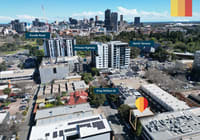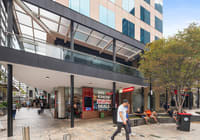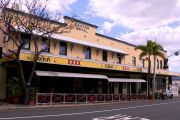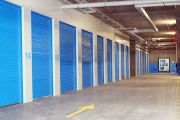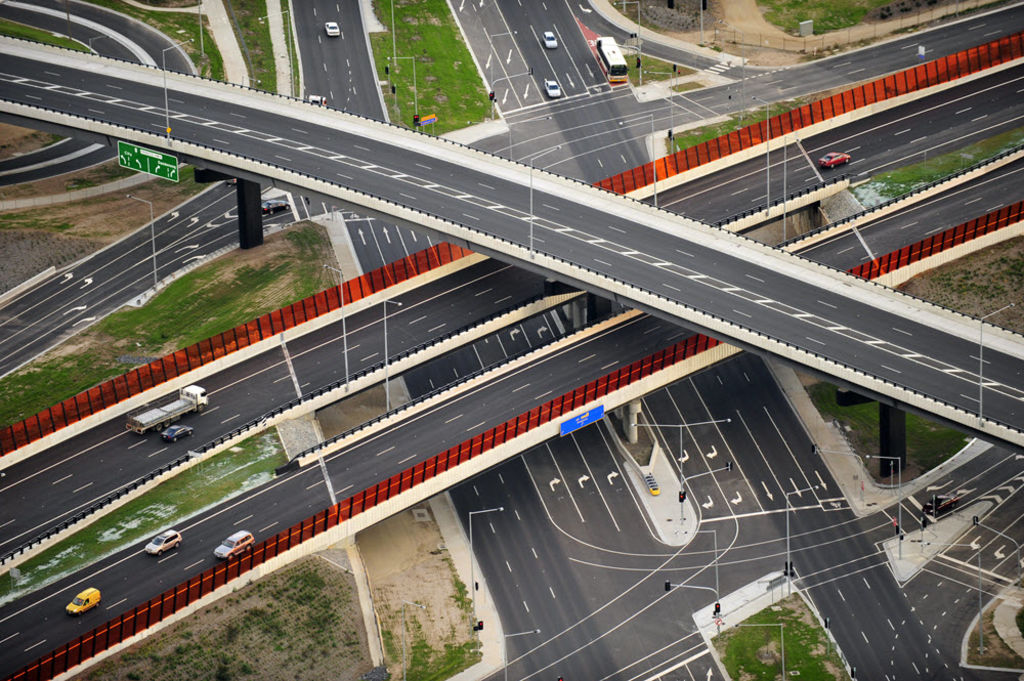
'Where's the vision' in Australia's big infrastructure projects? says expert
Australia is falling behind the rest of the world in its property and infrastructure projects because of a tangle of red tape, short-sighted economics and a lack of imagination, says one of the country’s top commercial real estate advisors.
Where once Australian projects captured international imagination with far-sighted developments such as the Sydney Harbour Bridge – started when 40 per cent of Sydney’s population relied on horse and carriages – now planning is done in a piecemeal and fragmented way that is looking only 10 to 20 years ahead, rather than 150.
Nick Deeks, the managing director of one of Australia’s largest property and cost management advisories, WT Partnership, spanning the building, construction and infrastructure sectors, said Australia was now really lagging its competitors.
“How come we could do this amazing stuff 80-odd years ago, but we can’t seem to do anything as far-sighted and extraordinary and iconic as that now?” he said. “The Harbour Bridge was designed to take so much traffic at a time when there was only a tiny fraction of the number of cars today in existence.
“But it was so well future-proofed back then that it’s still being used today in the same form, with its car lanes, train lines, cycle and footpaths. Yet the major infrastructure projects we undertake today seem to be only looking five, 10, 15 years ahead, despite increasing population growth. Where is the vision?”
In the past, the world saw tremendous developments that were absolutely nation-building, said Deeks, who is also joint chairman of WT’s international business. His pick of the top five include, as well as the Harbour Bridge, the London Underground, the US-USSR space race, the Sellafield nuclear power station in England and the iconic British-French turbo jet-powered Concorde plane.
By comparison, he said Australia’s top five current infrastructure projects looked small.
While the multi-billion-dollar new metro roads currently being built in Sydney, Melbourne and Brisbane were certainly stimulating state economies and employment, they were still aimed at tackling traffic problems only up to 20 years ahead, he said.
“They are employing some valuable new technology and helping solve issues now, but they’re still doing nothing to future-proof the cities,” said Deeks. “I can imagine that soon they’ll be like Sydney’s M2 that a few years later had to have extra lanes tacked on to cope with the number of cars.
“Look at the London Underground. That was an incredible project built in 1863 as the world’s first underground railway. It stimulated the growth of London and made the city suburbs so much more accessible, yet is still just as valuable today as a
transportation project more than 150 years later.
“So how can they build that but today in Australia we still don’t have any high-speed rail? Magnetic levitation trains have been around 20 years so, by now, we should be able to travel from Sydney to Melbourne in an hour and from Sydney to Perth in an hour and a half. Instead, we’re still building fragmented roads.”
Today, Deeks said Australia’s five top infrastructure projects – those metro road projects, the new Western Sydney Airport at Badgery’s Creek, the development of Parramatta in Western Sydney, the new technologically advanced Fiona Stanley Hospital in Murdoch, Western Australia, and all the new sports stadia being built around the country – demonstrate none of the flair and daring of the old achievements.
“In today’s era of industry disruption and technological advancement, the property industry needs to be building for the future,” said Deeks, who’s a finalist for CEO Magazine’s Professional Services Executive of the Year. “But sadly we’re not.
“We’re getting so caught up and hindered by regulation and red tape, we can’t progress at the rate we should, and it’s hard to get excited about anything going on at the moment. It’s not about innovation and foresight; it’s all about cost and doing things as cheaply as we can and making sure it can pay back sooner. It’s driven by economics.
“Australia is certainly getting left behind the US, Asia and Europe. We’re trying to play catch-up but instead we’re falling further and further behind. We’re not looking to the future at all.”




